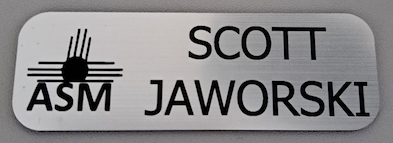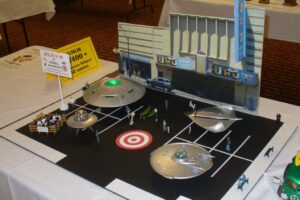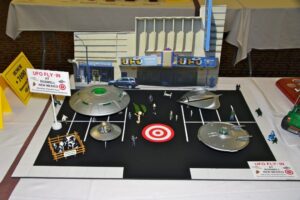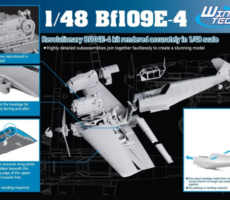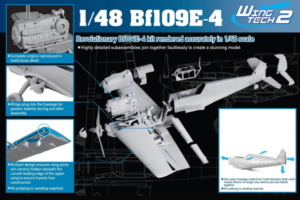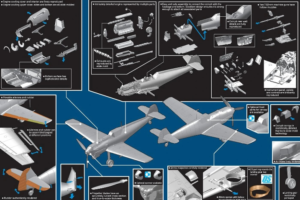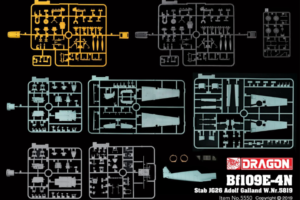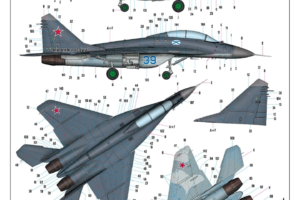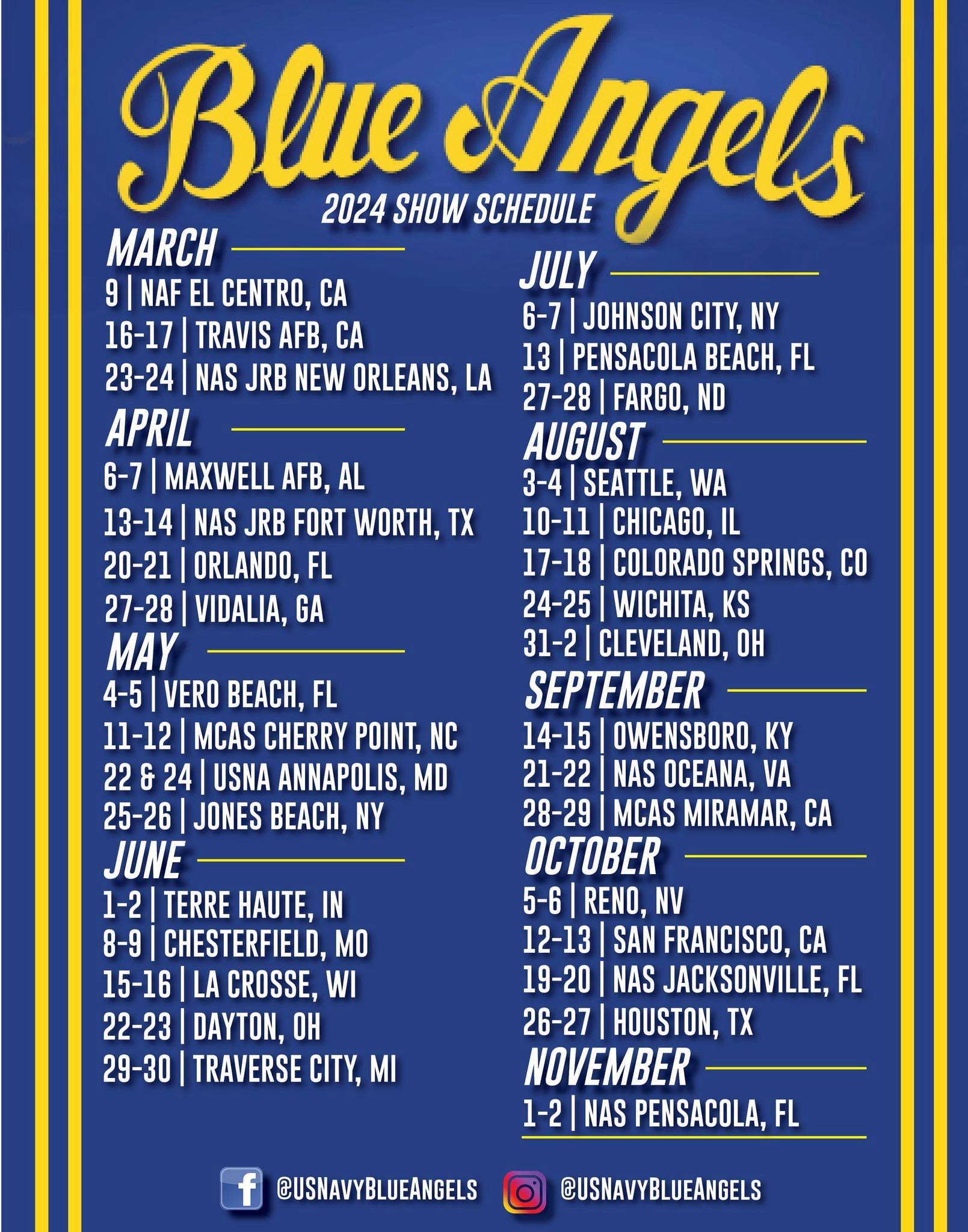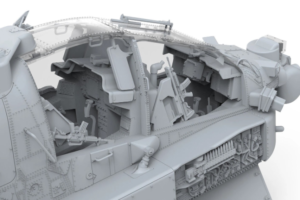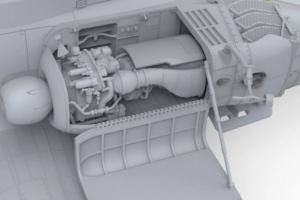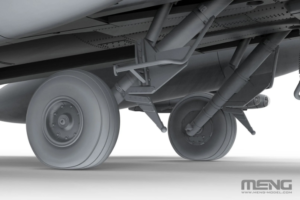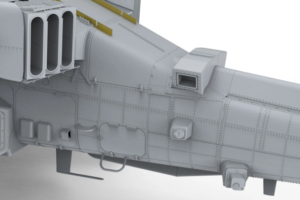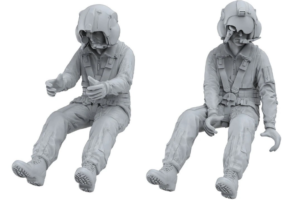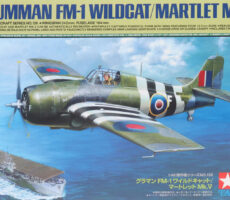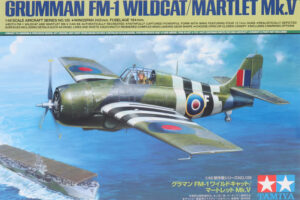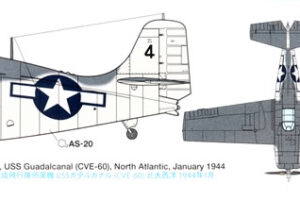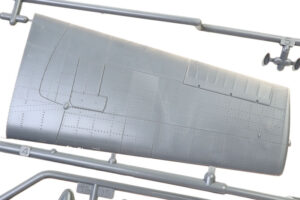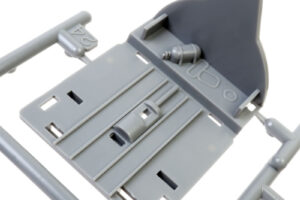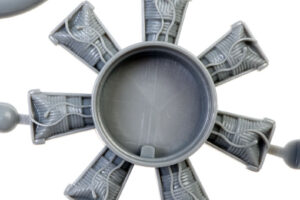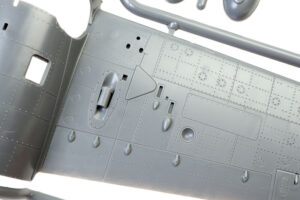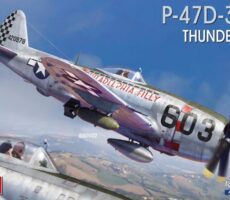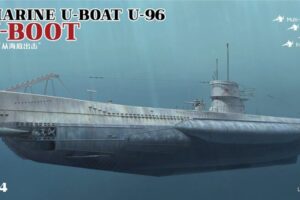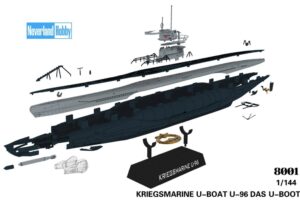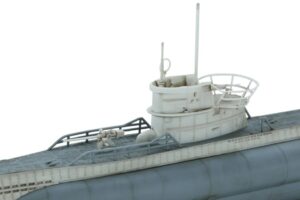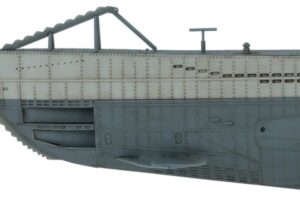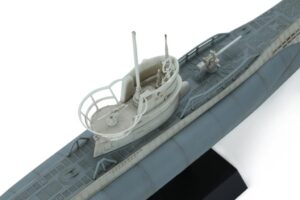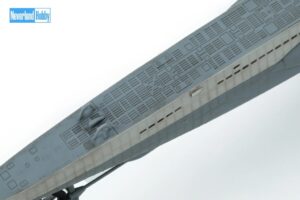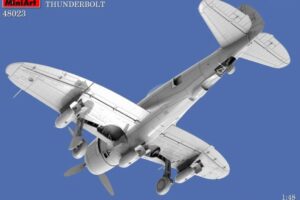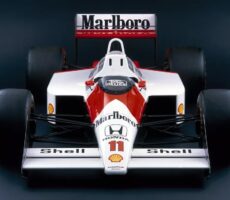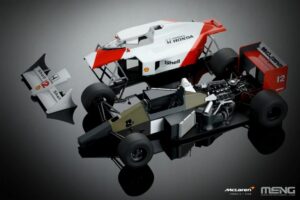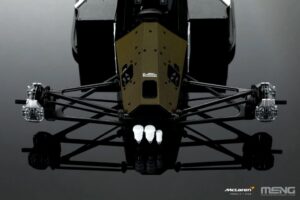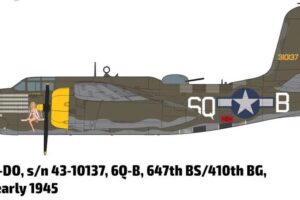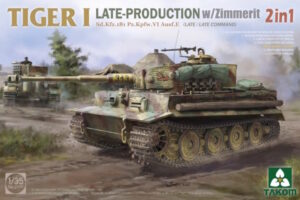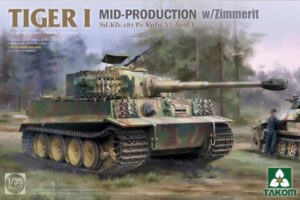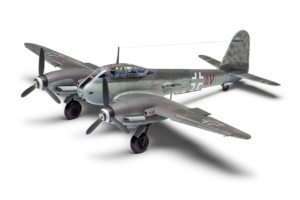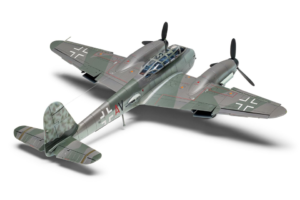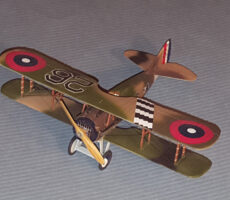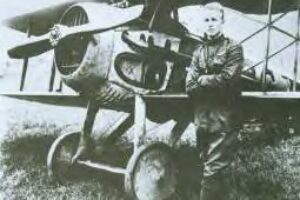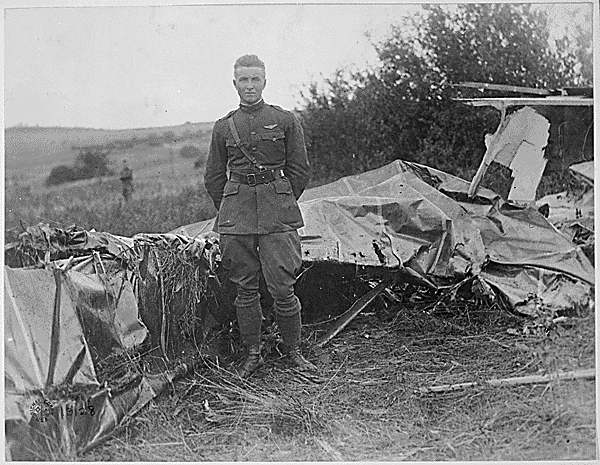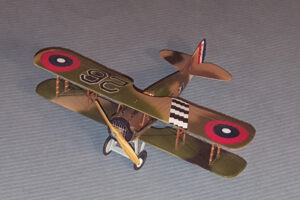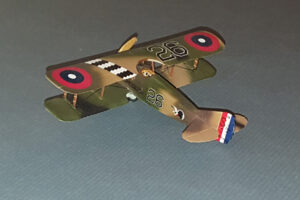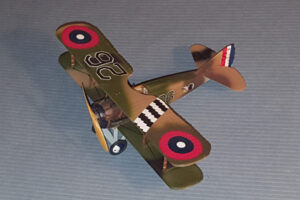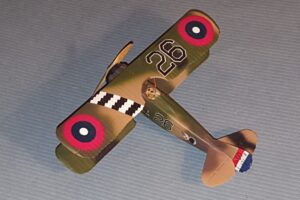This article meets Casey’s challenge – sort of – in the intro to his October 2023 ASM Newsletter, inspired by the recent Albuquerque Balloon Fiesta. Casey’s challenge was for anyone to provide pictures of their built kit-of an Albatros D.III, Albatros D.V, Fokker D.VII, or Pfalz D.III in the markings of a Balloon-Busting Ace. Casey’s particular German aircraft types were included in Print Scale’s “Balloon-Busting Aces of WWI Part 1 – Germany” decal sheet (72-227).
I say “sort of” because I did not build a German “balloon-buster” kit, but I did build another famous “balloon busting ace” that is on Print Scale’s “Balloon-Busting Aces of WWI Part 3 – Belgium, USA, and British Empire” decal sheet (72-226). The ace’s scheme that I built was 2Lt Frank Luke, the “Arizona Balloon Buster.” Although I must confess that I built Luke’s SPAD XIII “Black 26” whereas that Print Scale sheet includes his “Black 21.” Luke went through four or five SPADs in his brief but spectacular career with the 27th Aero Squadron.
So – to complete the challenge, I present a previously submitted article from April 2018 on Frank Luke, Junior and the build of his SPAD XIII, with some updates to make it current.
2nd Lieutenant Frank Luke is known as “the Arizona Balloon Buster.” He is the 2nd-ranking American ace who was in the U.S. Air Service in WW I. He is the 18th ranking Air Force ace (tie) and 23rd ranking American ace (tie). Luke was assigned to the 27th Aero Squadron in July 1918. Luke was a controversial and aggressive “lone wolf” pilot who disregarded orders and was known to break formation. But for his flying skills, success at attacking balloons, and a forgiving commanding officer, he would have been transferred out of the unit. Luke scored 18 victories in 10 days between the 12th and 29th of September (he was sent on leave on the 20th through 27th). Of these victories, 4 were aircraft and 14 were balloons that were heavily defended by both AAA and aircraft. During this short period Luke scored 5 victories on 18 September in a 30 minute period (3 aircraft and 2 balloons); had two “triples” on 15 and 29 September (all balloons); and had three “doubles” on 14, 16, and 18 September (5 balloons and 1 aircraft). Many of these missions were flown with his friend Lieutenant Joseph Wehner (6 victories) who flew cover while Luke attacked the balloons, much like Don Gentile and John Godfrey in World War II. Wehner is shown in the far right picture below. Wehner was shot down and killed during the 18 September mission. Of note, Luke brought back five SPADs damaged beyond repair. Luke’s last mission occurred on 29 September after he had been grounded by his squadron commander for insubordination. Luke disregarded the order and took off anyway, receiving after-the-fact tacit approval by the group commander. Luke was killed in action during this mission where he downed 3 balloons near Avocourt, France. In this action he was wounded and his SPAD disabled by ground fire. He crash-landed near Murvaux, after strafing troops in the town. There is controversy about what occurred after he crash-landed and was approached by German troops. It is likely that he was in a state of shock from his mortal wound when (or if) he fired at the troops and that he probably died from loss of blood. Luke was awarded the Congressional Medal of Honor for his actions, the only pursuit pilot to win the award during the war. He was also awarded the DFC with one oak leaf cluster and the Italian Croix de Guerre. Luke, 21 years old, was posthumously promoted to 1st Lieutenant. Luke Air Force Base in Phoenix, Arizona is named in his honor.


